The Tale of Two Tigers

In zoos across the world, you’ll witness something heartbreaking yet fascinating. One tiger paces endlessly behind glass walls, eyes vacant and spirit crushed. Just meters away, another tiger lounges confidently, engaging with visitors and displaying natural behaviors that make your heart skip a beat.
What creates this stark difference? The answer isn’t simple, and it’s definitely not what most people expect. Some tigers adapt to captivity like they were born for it, while others slowly deteriorate despite receiving identical care.
Early Life Makes All the Difference

Tigers separated from their mothers too early often struggle throughout their entire lives in captivity. These cubs miss crucial learning periods where they would naturally develop hunting instincts, social skills, and territorial behaviors. Without this foundation, they become anxious adults who can’t cope with enclosed spaces.
Conversely, cubs raised by experienced mothers until natural weaning age show remarkable resilience. They enter captivity with a strong sense of identity and established behavioral patterns. This early psychological stability becomes their anchor when facing the challenges of zoo life.
The difference is visible immediately – confident tigers hold their heads high and move with purpose, while traumatized ones display repetitive behaviors like constant pacing or self-grooming.
Space Isn’t Everything
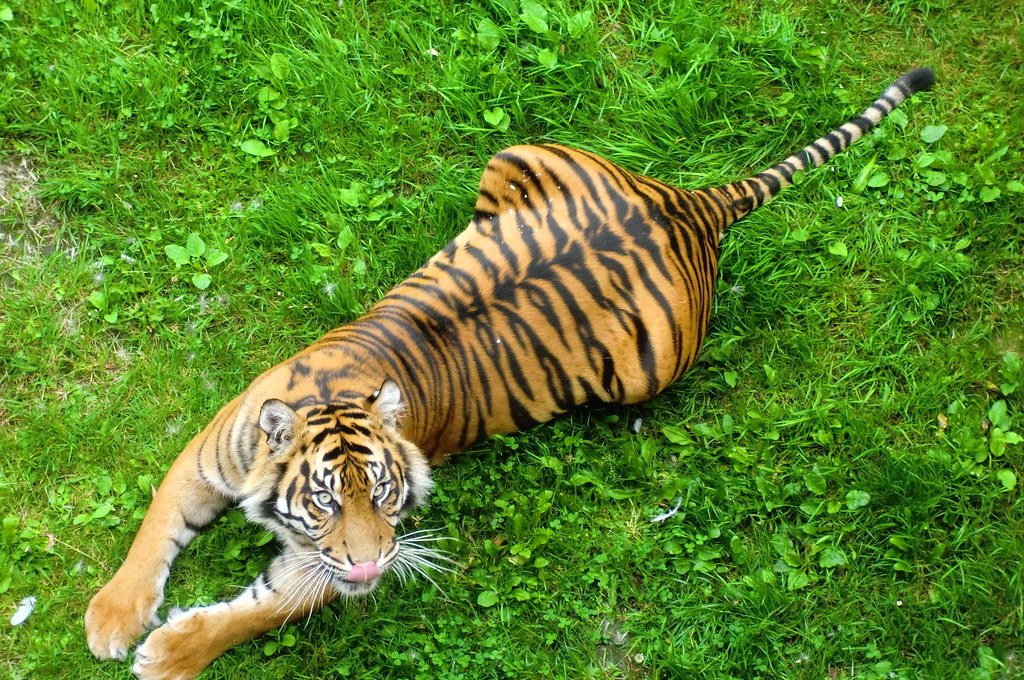
Here’s where conventional wisdom fails spectacularly. You’d assume bigger enclosures automatically mean happier tigers, but that’s not always true. Some tigers thrive in smaller, well-designed spaces that offer variety and stimulation over raw square footage.
The key lies in environmental complexity rather than size. Tigers need different levels, hiding spots, water features, and varied textures. A cramped but thoughtfully designed habitat can outperform a massive empty field every single time.
What matters most is creating micro-environments that allow tigers to express natural behaviors like stalking, climbing, and territorial marking.
The Personality Factor
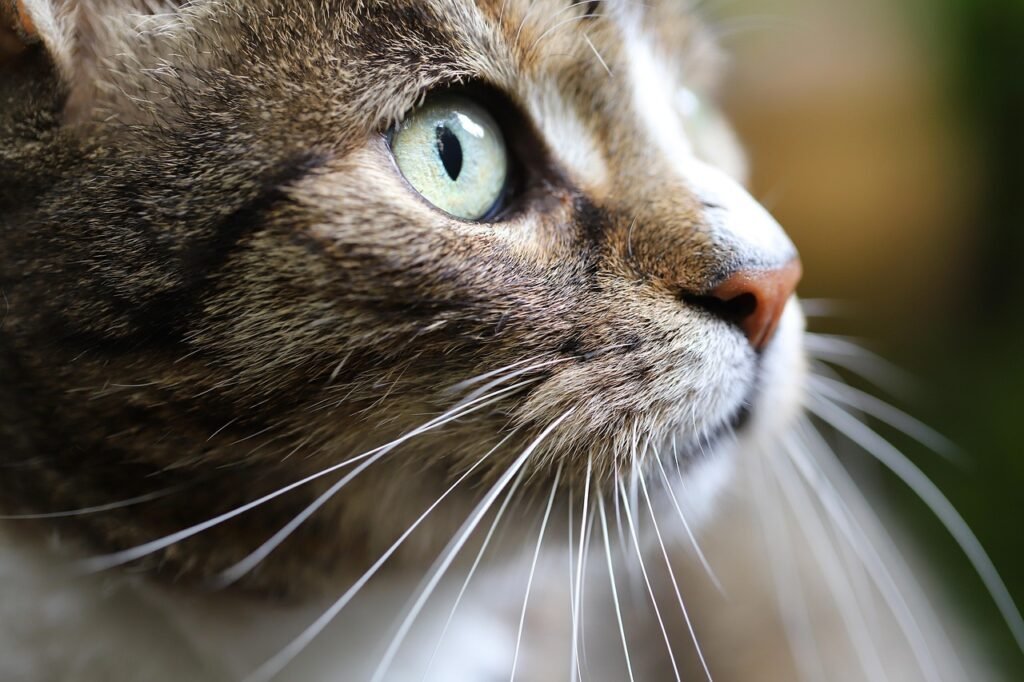
Just like humans, tigers have distinct personalities that determine their captivity success. Bold, curious tigers often adapt better because they explore their environment and find ways to stay mentally stimulated. These individuals treat their enclosure like a puzzle to solve rather than a prison to endure.
Shy or sensitive tigers struggle more intensely with the constant human presence and lack of escape routes. They require specialized care approaches that respect their need for privacy and predictability.
Aggressive tigers face unique challenges too – their natural dominance instincts conflict directly with captivity’s restrictions, leading to frustration and destructive behaviors.
The Human Connection
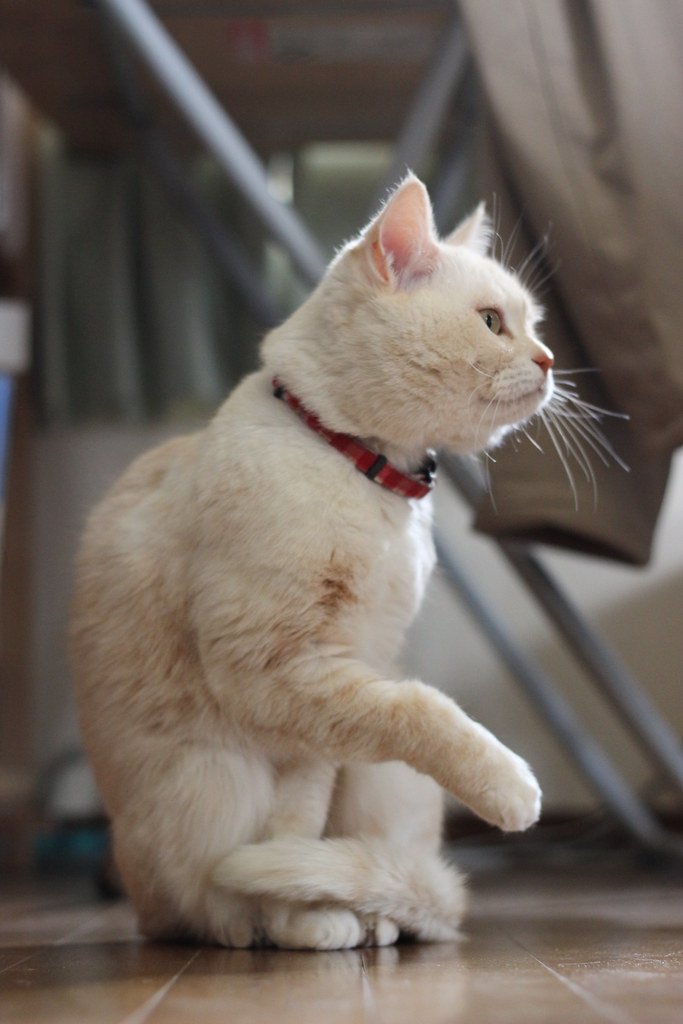
Some tigers form powerful bonds with their caretakers, viewing them as part of their social structure. These relationships provide emotional stability and mental stimulation that can make captivity bearable or even enjoyable. The tiger recognizes routine, anticipates interactions, and develops trust.
Other tigers remain wild at heart, seeing every human as a threat or annoyance. This constant state of alertness exhausts them mentally and physically. They never truly relax, which leads to chronic stress and behavioral problems.
The most successful tiger-keeper relationships involve mutual respect and understanding of boundaries rather than forced interaction.
Breeding Programs’ Double-Edged Sword
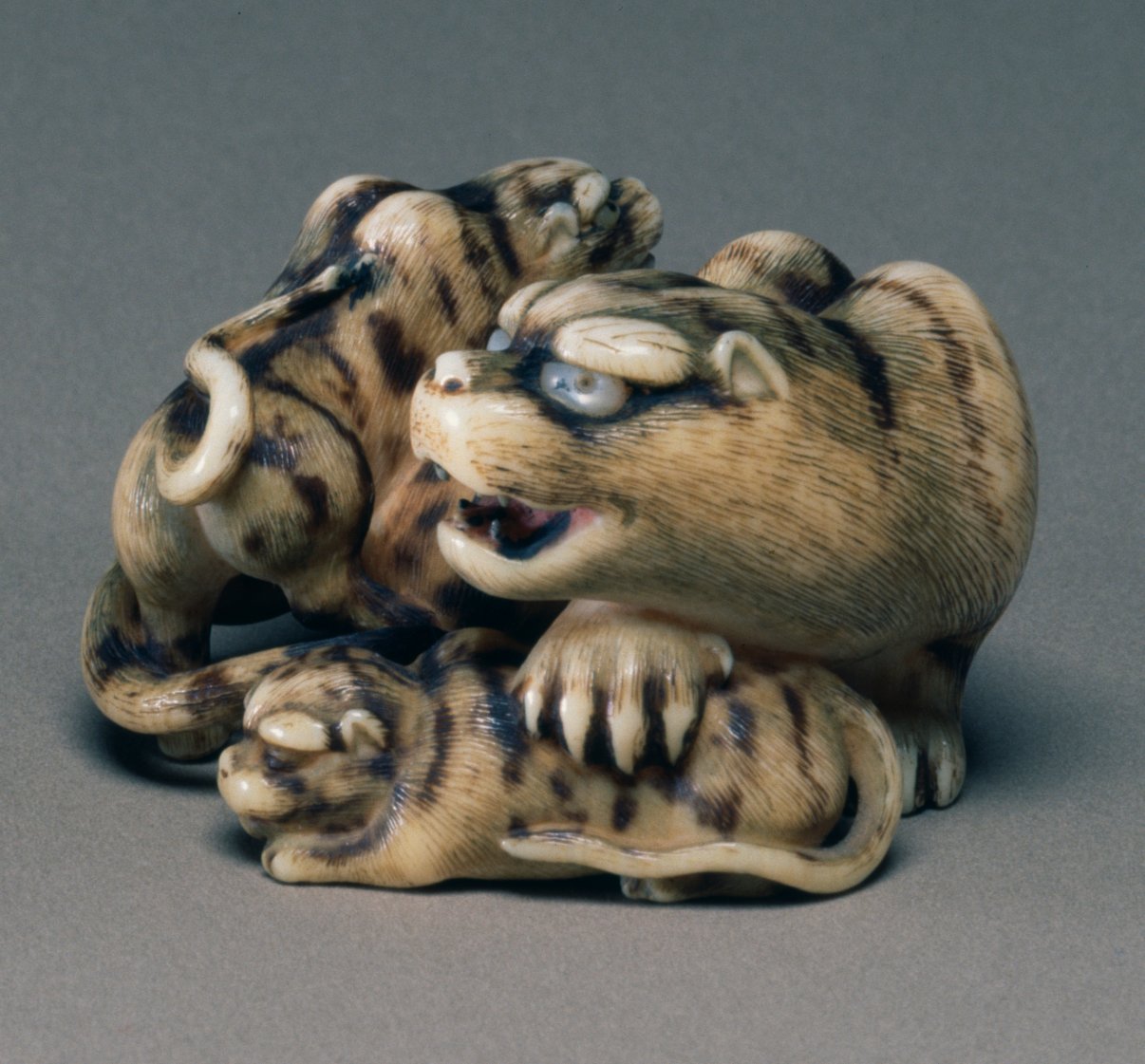
Tigers involved in breeding programs often show improved mental health because reproduction fulfills a fundamental biological drive. Motherhood gives female tigers purpose and structure, while males gain confidence from successful mating.
However, when breeding attempts fail or cubs are removed too early, the psychological impact can be devastating. Mother tigers have been observed mourning lost cubs for months, refusing food and becoming withdrawn.
The timing and management of breeding programs directly influence whether tigers flourish or deteriorate in captivity.
The Diet Dilemma
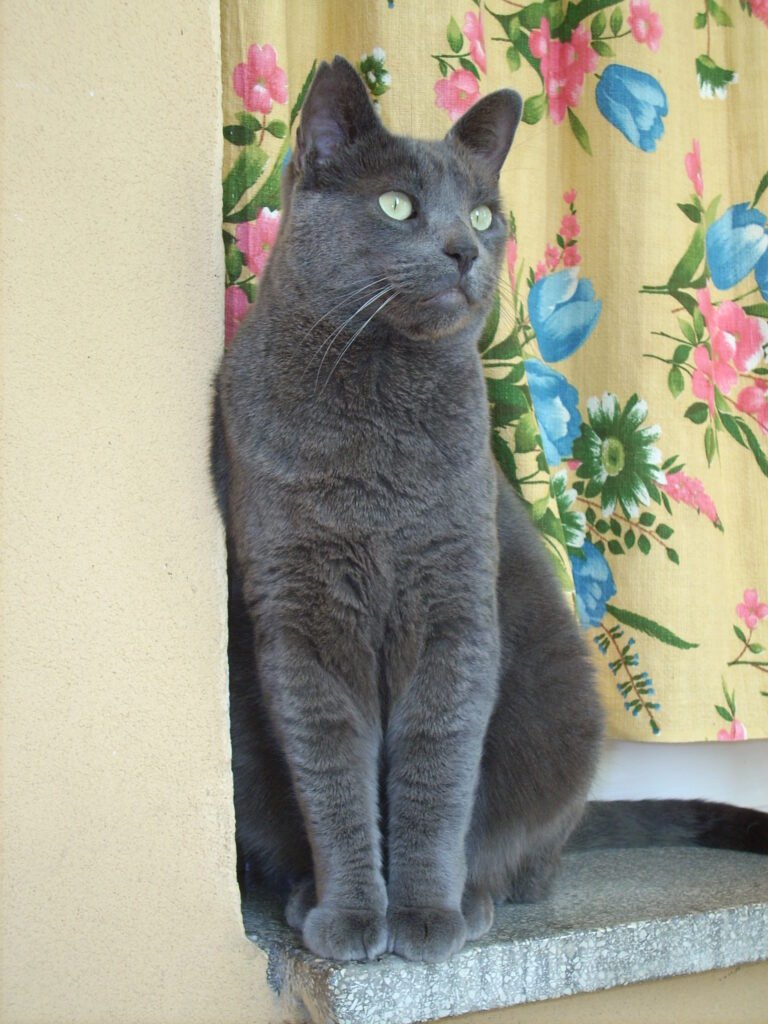
Wild tigers spend hours hunting, a process that provides both physical exercise and mental stimulation. Captive tigers receiving pre-cut meat miss this crucial behavioral outlet entirely. Their brains crave the challenge of hunting, tracking, and problem-solving.
Progressive zoos now hide food, use puzzle feeders, and create hunting scenarios that engage tigers’ natural instincts. Tigers participating in these enrichment programs show dramatically better mental health than those fed traditional methods.
The difference is striking – enriched tigers maintain healthy weight, display natural behaviors, and seem genuinely engaged with their environment.
Social Dynamics in Artificial Settings
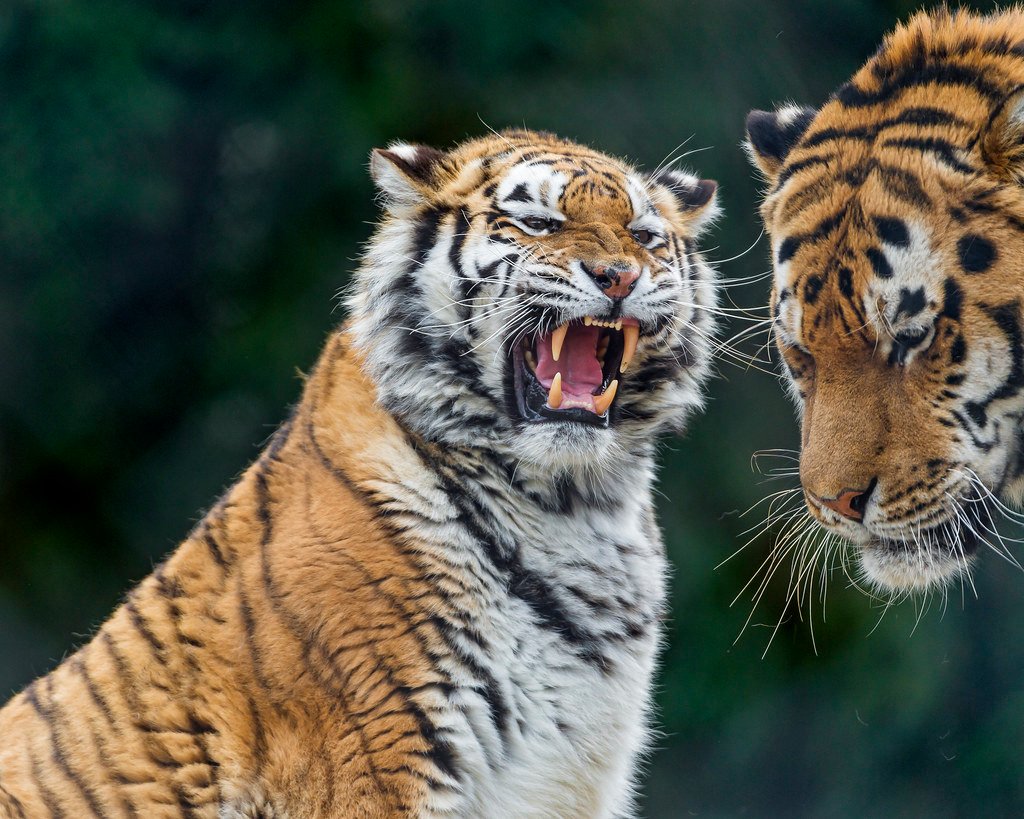
Tigers are naturally solitary, but captivity sometimes forces them into proximity with other tigers. Some individuals adapt by establishing clear hierarchies and territories within shared spaces. They learn to coexist peacefully and even show signs of companionship.
Other tigers become increasingly stressed by forced socialization, leading to aggression, anxiety, or withdrawal. These individuals need separate housing to maintain psychological health.
The most successful multi-tiger exhibits carefully match personalities and provide multiple escape routes for privacy when needed.
Climate and Seasonal Changes
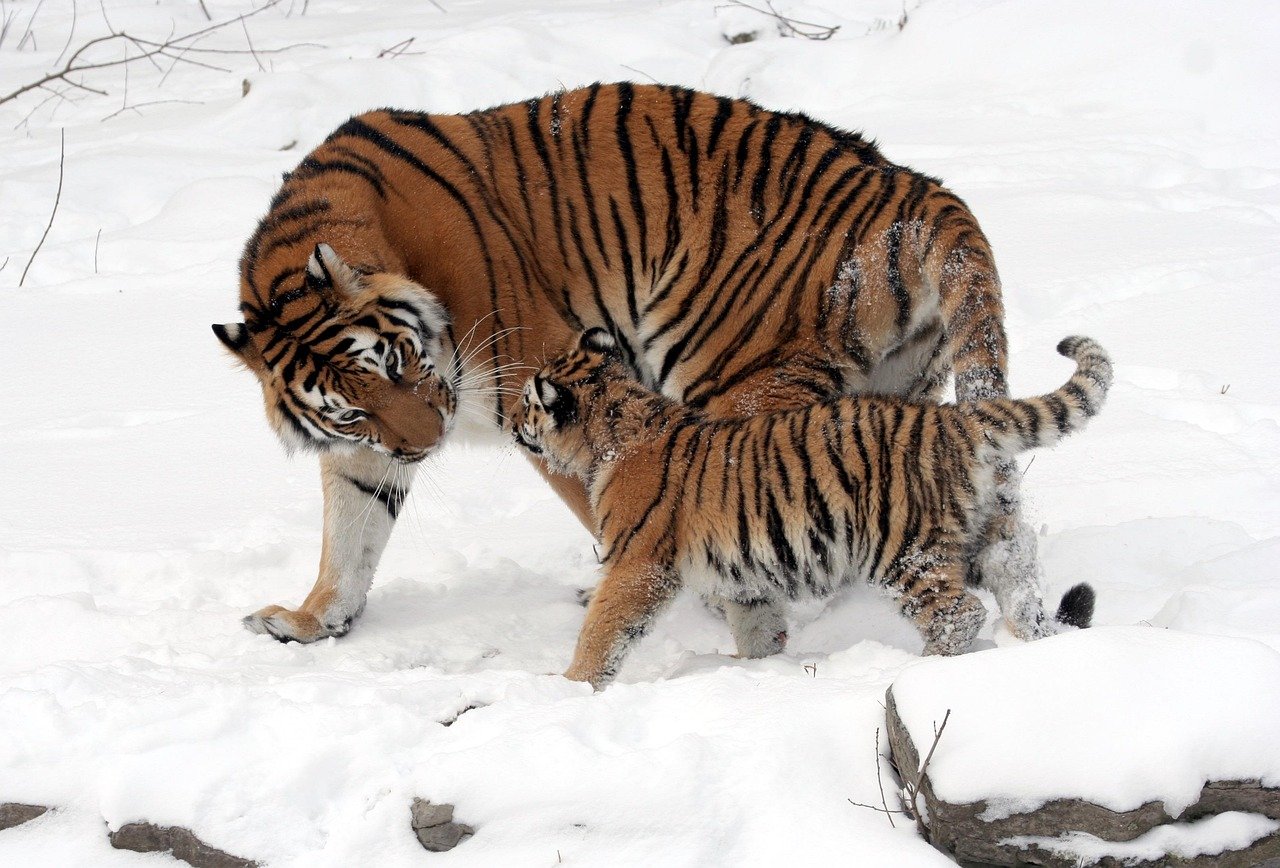
Tigers from different subspecies have varying climate requirements that zoos don’t always accommodate properly. Siberian tigers suffer in hot climates without adequate cooling systems, while tropical tigers struggle in cold environments.
Seasonal changes also affect captive tigers differently. Some respond positively to winter preparations and behavioral shifts, while others become depressed during shorter daylight periods.
The most adaptable tigers adjust their activity patterns and maintain consistent behaviors regardless of weather, showing remarkable psychological flexibility.
The Role of Routine and Unpredictability
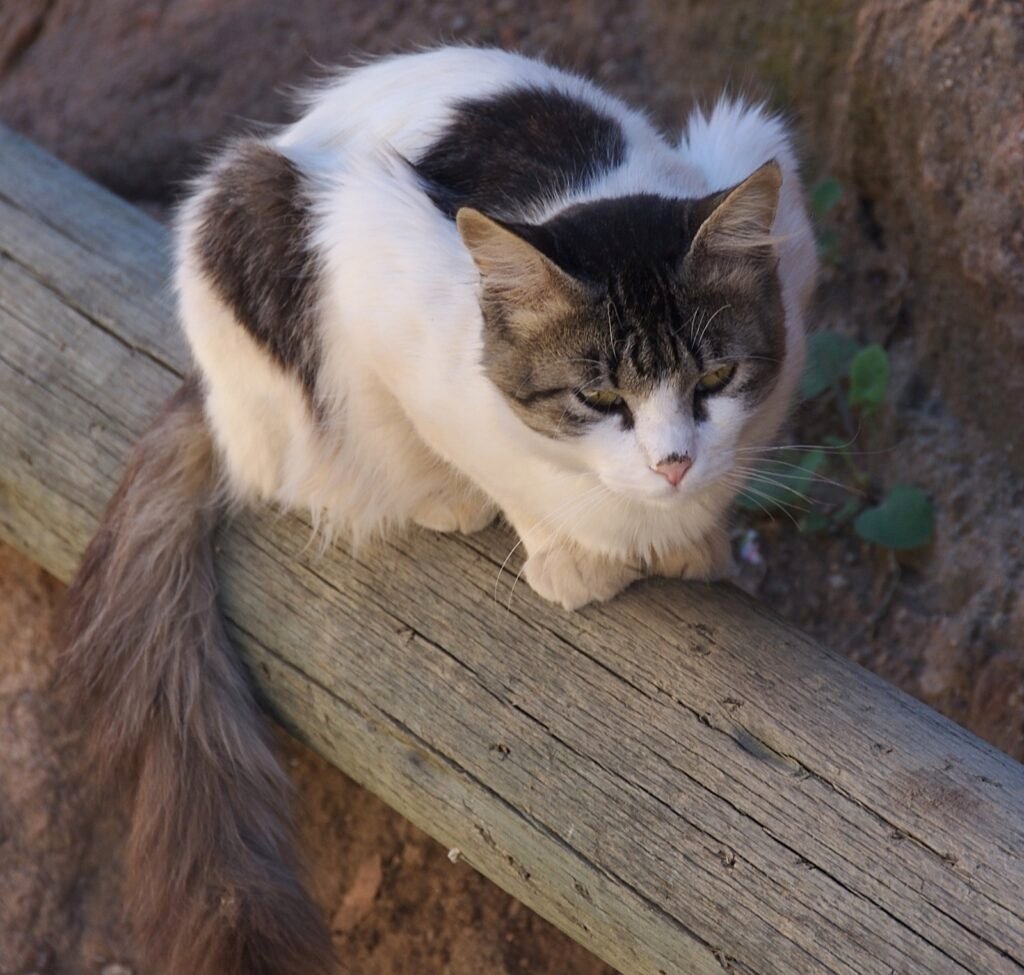
Successful captive tigers thrive on structured routines that provide security and predictability. They anticipate feeding times, enrichment activities, and caretaker visits. This routine becomes their anchor in an otherwise controlled environment.
However, too much routine can lead to boredom and stereotypic behaviors. The key is balancing predictable elements with surprise enrichment activities that challenge tigers mentally and physically.
Tigers who adapt best learn to expect the unexpected while maintaining core routine elements that provide emotional stability.
Medical Care and Trust

Tigers who cooperate with medical procedures and training show better overall adaptation to captivity. They’ve learned that human interaction can be beneficial rather than threatening. This cooperation reduces stress during necessary veterinary care and creates positive associations.
Fearful tigers who resist medical attention often develop chronic health issues that compound their psychological problems. The cycle of stress, illness, and forced treatment creates lasting trauma.
Building trust through positive reinforcement training transforms the entire captivity experience for both tigers and caretakers.
The Genetics of Captivity Success
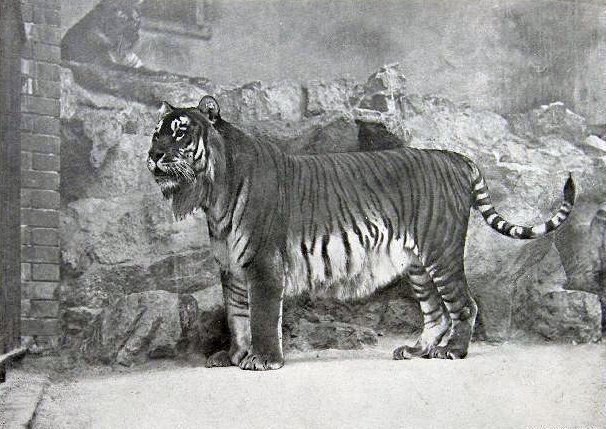
Some tigers inherit genetic traits that make captivity adaptation easier or more difficult. Certain bloodlines show consistent patterns of either thriving or struggling in zoo environments.
These genetic factors influence everything from stress hormone production to curiosity levels and social tendencies. Understanding these patterns helps zoos make better breeding and housing decisions.
However, genetics isn’t destiny – proper care can help genetically predisposed tigers overcome natural disadvantages and thrive despite their inheritance.
The Impact of Visitor Interaction
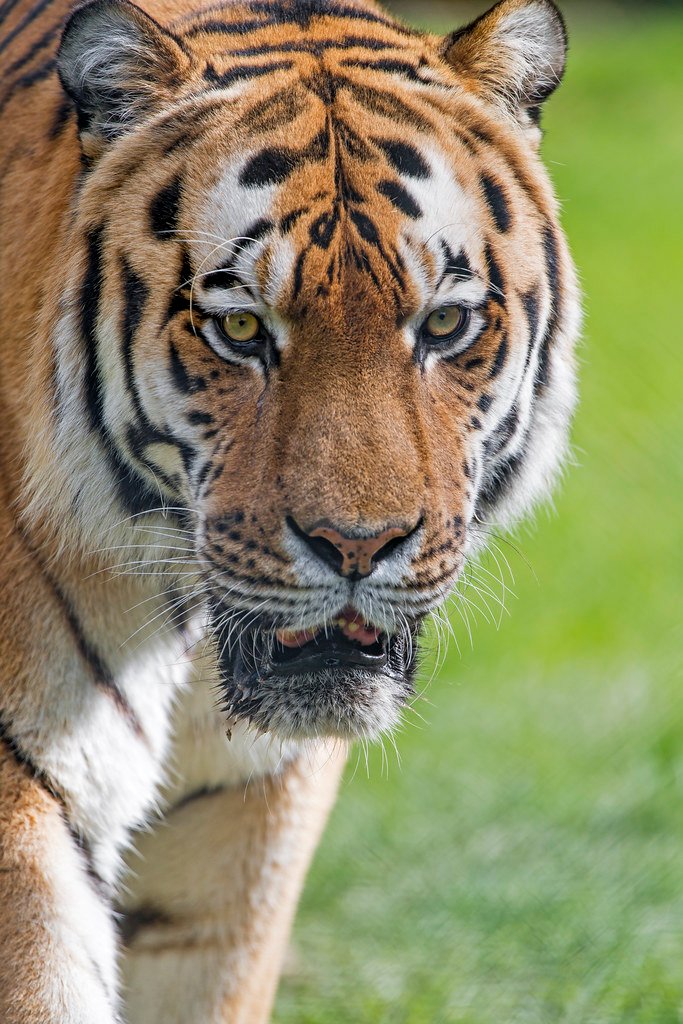
Some tigers genuinely enjoy human observation and seem to perform for audiences, showing off natural behaviors and appearing more active during busy periods. These individuals treat visitors as environmental enrichment rather than stress sources.
Sensitive tigers become overwhelmed by crowds, noise, and constant observation. They retreat, refuse to eat in public, and develop anxiety-related behaviors that worsen over time.
The most successful exhibits provide viewing opportunities while maintaining private spaces where tigers can escape human attention when needed.
Technology and Modern Enrichment

Advanced zoos now use technology like motion sensors, puzzle feeders, and climate control systems to create dynamic environments that respond to tiger behavior. Some tigers adapt enthusiastically to these technological innovations.
Other tigers seem confused or stressed by constant environmental changes and prefer simpler, more natural settings. The key is matching technological enrichment to individual personalities and preferences.
The most successful programs combine traditional enrichment methods with carefully selected technological enhancements that complement rather than overwhelm natural behaviors.
The Future of Tiger Captivity
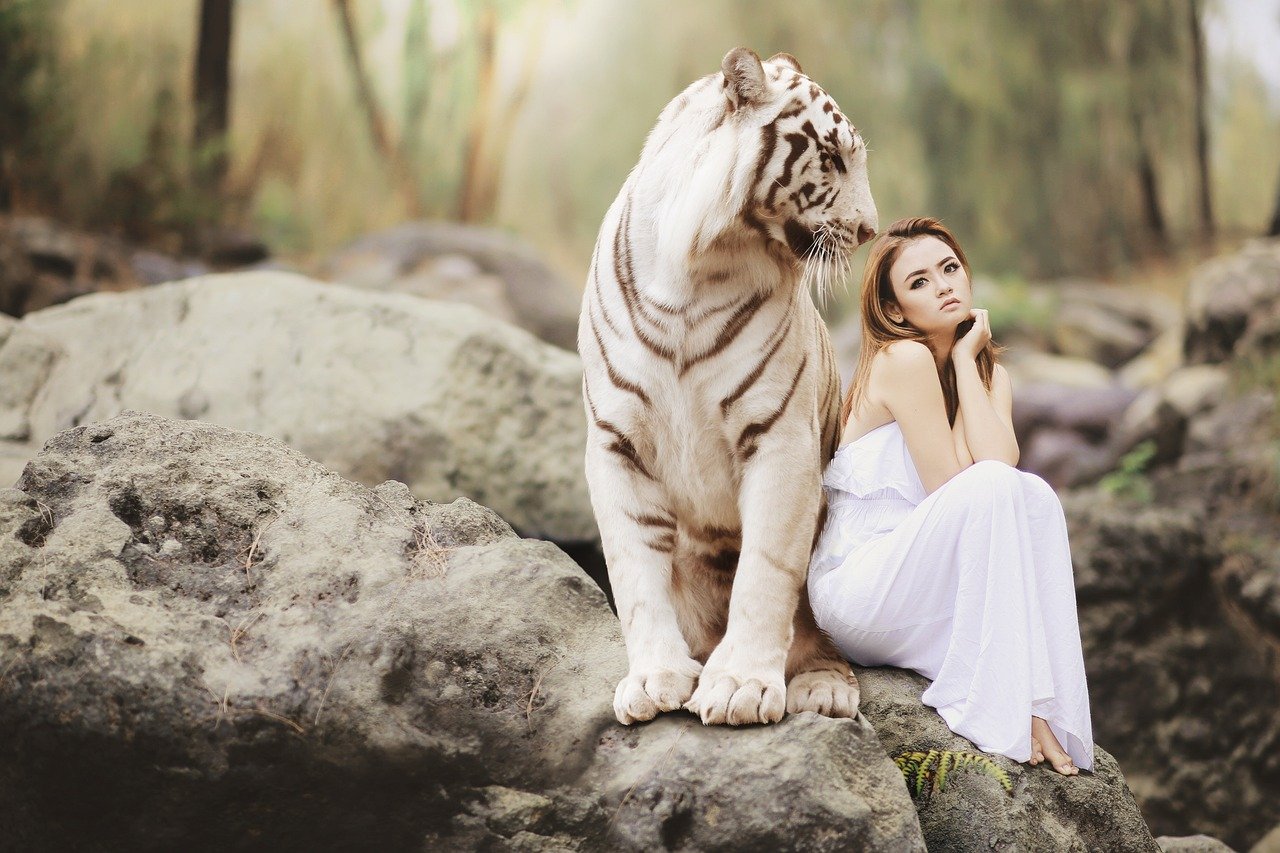
Understanding why some tigers thrive while others suffer is revolutionizing captive care approaches. Modern facilities focus on individual assessment and customized environments rather than one-size-fits-all solutions.
The goal is shifting from simple containment to creating conditions where every tiger can express natural behaviors and maintain psychological health. This requires significant investment in space, staff training, and specialized equipment.
Success stories prove that with proper understanding and resources, even previously traumatized tigers can learn to thrive in captivity. The difference lies in recognizing that every tiger is an individual with unique needs, fears, and capabilities.
Conclusion
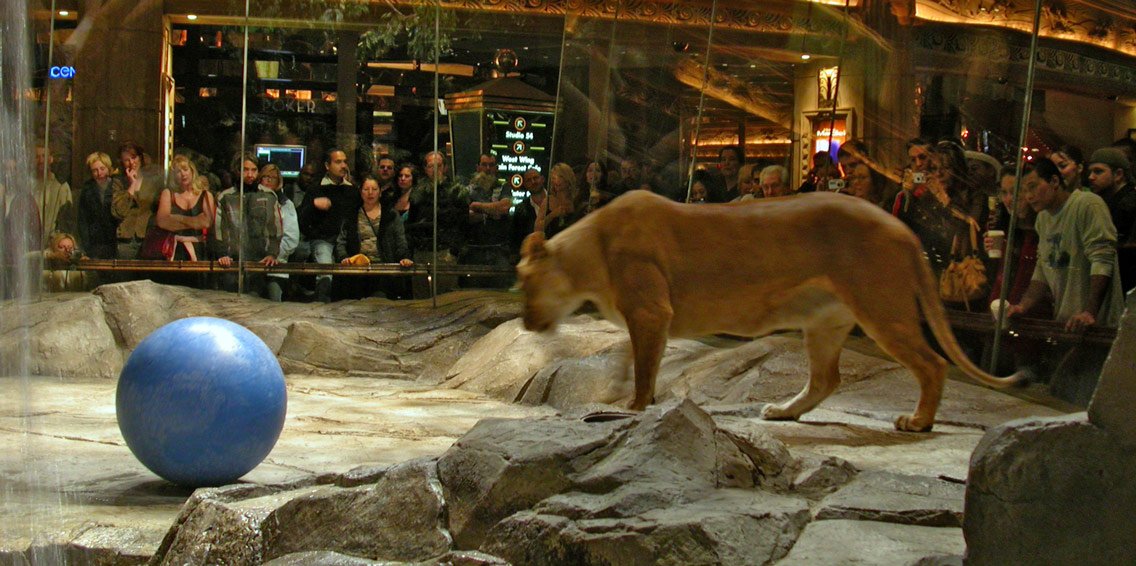
The stark reality is that tiger captivity success depends on countless interconnected factors, from early life experiences to daily care routines. No single element determines whether a tiger will thrive or break down, but understanding these variables allows us to create better outcomes.
The tigers who adapt best aren’t necessarily the strongest or most docile – they’re the ones whose individual needs align with their captive environment. When we witness a tiger pacing endlessly behind glass, we’re seeing the result of mismatched expectations and inadequate understanding.
But when we see a tiger lounging confidently, engaging with enrichment, and displaying natural behaviors, we’re witnessing the potential for captivity done right. The question isn’t whether tigers can adapt to captivity – it’s whether we can adapt our approach to meet their complex needs. What would happen if every captive tiger received this level of individualized care?
Hi, I’m Bola, a passionate writer and creative strategist with a knack for crafting compelling content that educates, inspires, and connects. Over the years, I’ve honed my skills across various writing fields, including content creation, copywriting, online course development, and video scriptwriting.
When I’m not at my desk, you’ll find me exploring new ideas, reading books, or brainstorming creative ways to solve challenges. I believe that words have the power to transform, and I’m here to help you leverage that power for success.
Thanks for stopping by, Keep coming to this website to checkout new articles form me. You’d always love it!






